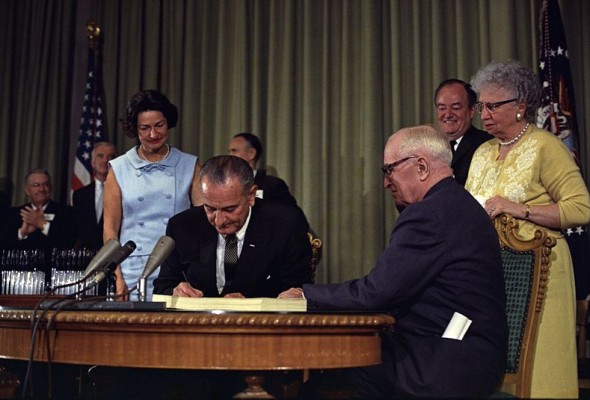Medicare and Medicaid, two of the most important government health care programs, have long been responsible for helping provide insurance coverage for low-income families and elderly people who are unable to pay for medical care without help. If your family qualifies as low-income under the Affordable Care Act, you may be eligible for health care coverage through Medicare or Medicaid.
What is Medicare?
Medicare is a government health care program designed primarily for people who are 65 and older, although it also covers some younger people with disabilities.
- Medicare Part A: covers hospital stays, hospice care, care in a skilled nursing facility and some home health care
- Medicare Part B: covers outpatient care, preventative care, some doctors’ services and medical supplies
- Medicare Part C: a health plan offered by a private company that contracts with Medicare to provide Part A and Part B benefits
- Medicare Part D: covers prescription drug coverage
What is Medicaid?
Medicaid is a government health care program that offers free or low-cost health care for low-income families. Medicaid is administered by the state, and it helps families with incomes up to 100% or 133% of the federal poverty level, depending on the state. Expanded Medicaid coverage in the Affordable Care Act has raised the threshold to qualify for aid to 133%, but each state can set its own threshold starting at 100%.
These government health care programs are designed to help people whose income is so low that they simply can’t afford health care coverage, or older people who need an increasing level of care and don’t have the finances to manage it. Check with your state to find out whether you qualify for federal aid through Medicare or Medicaid. If your income is too high to qualify for Medicare or Medicaid, you may still be eligible for federal subsidies to help you pay for health insurance under the ACA.





